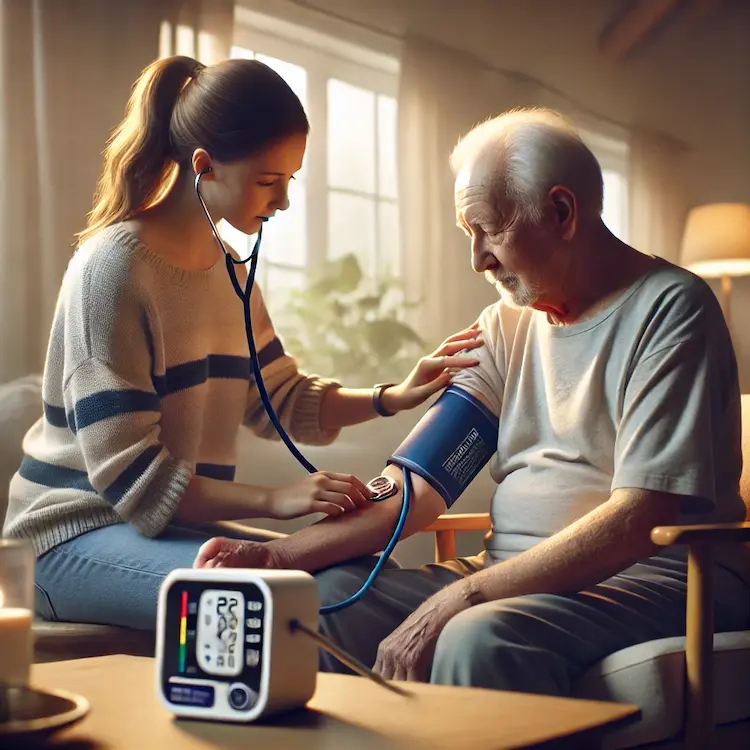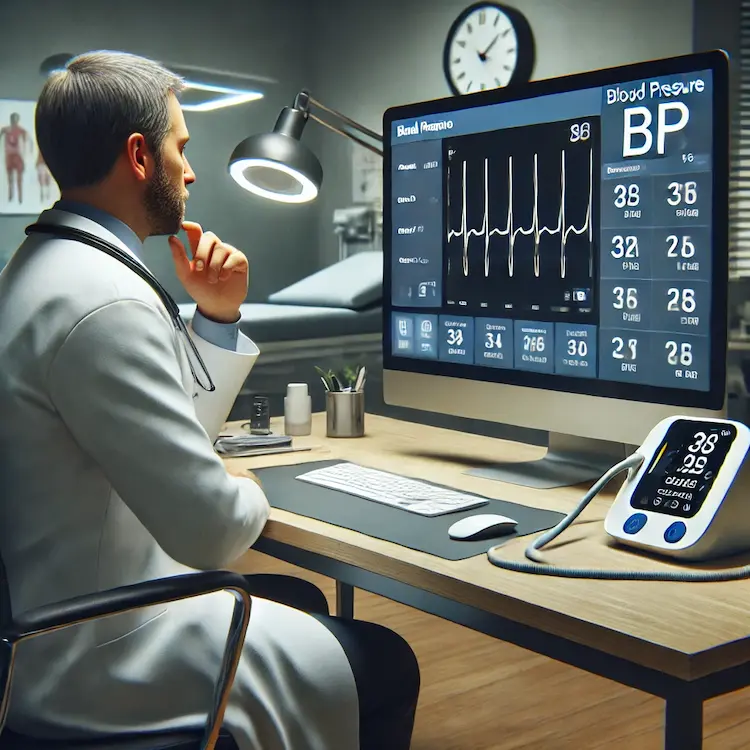Home Blood Pressure Monitoring (HBPM) has emerged as a pivotal tool in managing hypertension, a leading risk factor for cardiovascular diseases globally. Despite its proven benefits, access to HBPM remains limited among underserved populations, exacerbating health disparities. This article delves into strategies to enhance HBPM accessibility for these communities, exploring its significance, societal impacts, and effective approaches to bridge the gap.
Hypertension affects approximately 1.13 billion people worldwide, with a significant proportion unaware of their condition. HBPM empowers individuals to monitor their blood pressure regularly, facilitating early detection and management. Unlike occasional measurements in clinical settings, HBPM provides a more accurate representation of an individual’s blood pressure, accounting for daily fluctuations and reducing the “white-coat” effect.

Improving access to HBPM can lead to substantial health and societal benefits:
Several factors impede HBPM accessibility among underserved populations:
Enhancing HBPM access involves multiple strategies, each contributing uniquely to the broader goal:
| Approach | Description | Contribution |
|---|---|---|
| Subsidized Devices | Providing BP monitors at reduced costs or for free to low-income groups. | Increases affordability and device ownership. |
| Educational Programs | Implementing community-based training on HBPM usage and hypertension. | Enhances knowledge and correct usage of devices. |
| Telehealth Integration | Incorporating HBPM data into telemedicine platforms for remote monitoring. | Facilitates continuous care and timely interventions. |
| Mobile Health Applications | Developing user-friendly apps for tracking and managing BP readings. | Promotes consistent monitoring and data sharing. |
Various tools support HBPM accessibility:

| Approach | Description | Contribution |
|---|---|---|
| Subsidized Devices | Providing BP monitors at reduced costs or for free to low-income groups. | Increases affordability and device ownership. |
| Educational Programs | Implementing community-based training on HBPM usage and hypertension. | Enhances knowledge and correct usage of devices. |
| Telehealth Integration | Incorporating HBPM data into telemedicine platforms for remote monitoring. | Facilitates continuous care and timely interventions. |
| Mobile Health Applications | Developing user-friendly apps for tracking and managing BP readings. | Promotes consistent monitoring and data sharing. |
Enhancing access to Home Blood Pressure Monitoring for underserved populations is crucial in mitigating the widespread impact of hypertension. By addressing financial, educational, and technological barriers, healthcare providers and policymakers can foster equitable health outcomes. Implementing a combination of subsidized devices, educational initiatives, telehealth integration, and mobile applications offers a multifaceted approach to improving HBPM accessibility and effectiveness.